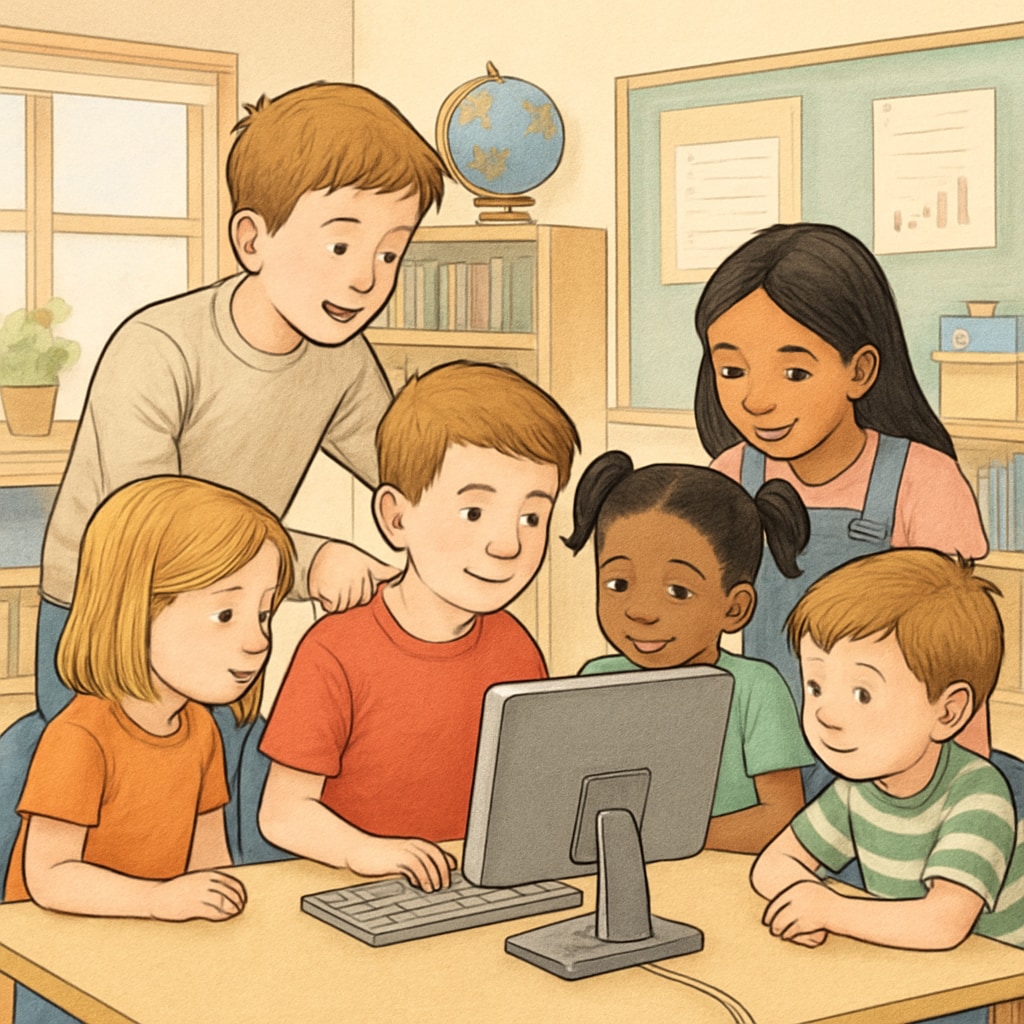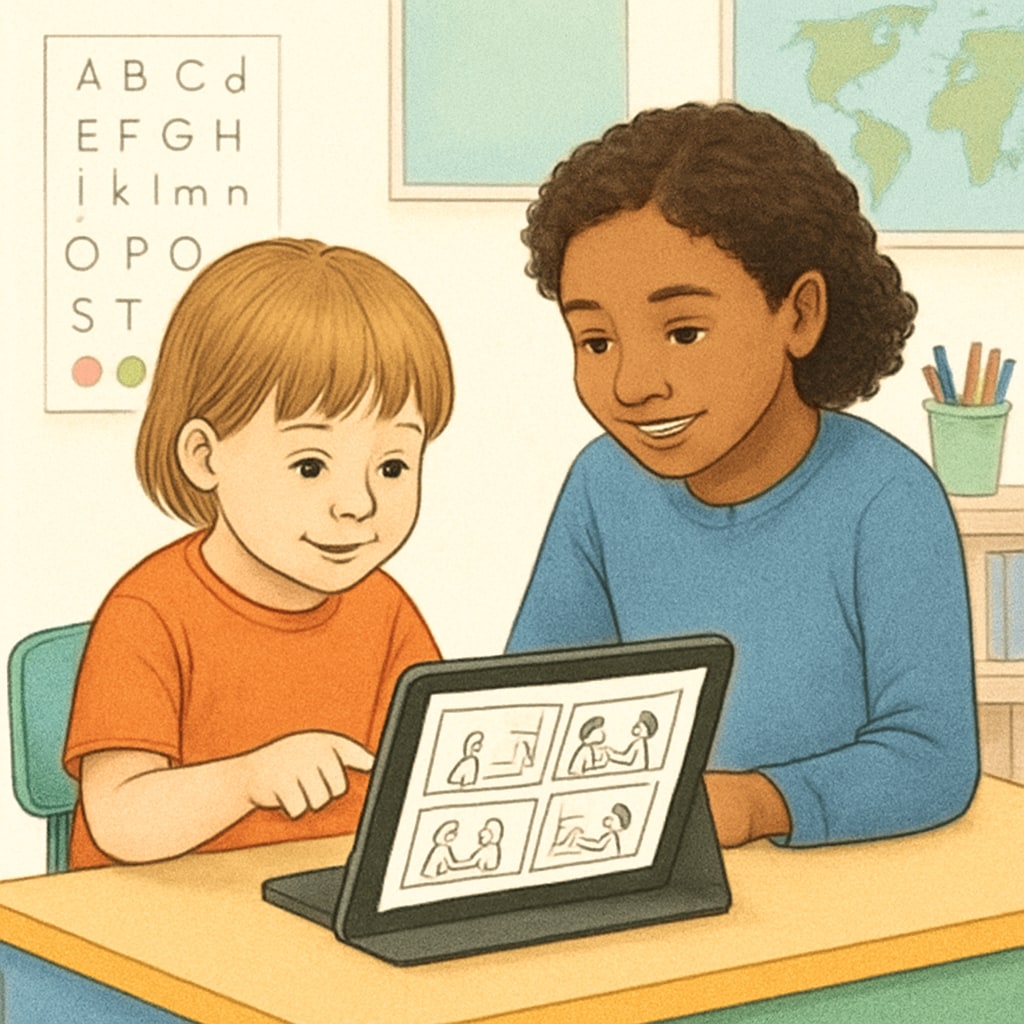Creating meaningful connections between kindergarten and fourth-grade students through structured cross-age activities can lead to remarkable educational and social benefits. By focusing on interactive learning opportunities such as computer-based tasks, educators can foster essential computer skills, improve social interaction, and instill a sense of shared responsibility in students. These activities provide a bridge between age groups, encouraging mutual growth while celebrating the diversity of young learners.
Benefits of Cross-Age Collaboration
Cross-age educational activities offer unique advantages. Younger kindergarten students benefit from the guidance of older peers, while fourth graders develop leadership and mentoring skills. This dynamic fosters an environment where both groups learn from each other, improving their interpersonal abilities and creating lasting connections. For example, activities that require teamwork, such as designing a digital art project, enrich social skills and promote empathy.

Integrating Computer Skills into Cross-Age Activities
Computer skills are increasingly essential in modern education, and incorporating technology into cross-age activities can be both instructive and engaging. One particularly effective approach is pairing kindergarteners with fourth-grade students to complete simple coding tasks using platforms like Scratch Junior. The older students act as mentors, guiding the younger ones through basic programming concepts such as loops and sequences. This not only enhances computational thinking but also builds confidence in both groups.
Other computer-based activities might include creating digital storyboards or designing simple animations. These projects encourage creativity while teaching fundamental computer literacy. By collaborating on shared goals, kindergarteners learn to navigate technology, and fourth graders gain a deeper understanding of educational leadership.

Planning Effective Cross-Age Activities
To ensure the success of cross-age educational activities, careful planning is essential. Educators should focus on tasks that are age-appropriate yet challenging enough to engage both groups. Here are some steps to consider:
- Select suitable activities: Choose projects that combine creativity and technology, such as building storyboards, coding games, or designing presentations.
- Pair students strategically: Match older students with younger peers based on complementary strengths and personalities.
- Provide adequate resources: Ensure access to computers, tablets, or software programs suitable for both age groups.
- Offer clear instructions: Create step-by-step guidelines to help students understand the objectives and collaborate effectively.
As a result, these structured activities encourage teamwork, improve communication, and instill a sense of accountability. Furthermore, integrating computer-related tasks ensures students develop practical skills that are increasingly relevant in today’s digital world.
Promoting Social Interaction and Responsibility
Beyond academic benefits, cross-age activities nurture social and emotional growth. Kindergarteners learn to communicate effectively, while fourth graders develop patience and empathy. Activities like group problem-solving or presenting collaborative projects to the class teach responsibility and encourage students to take ownership of their roles.
For example, a joint presentation on an environmental topic allows each student to contribute, fostering teamwork and instilling confidence. Fourth graders can guide kindergarteners in organizing their ideas, while younger students bring their creativity to the table. These interactions create a supportive learning environment where students thrive both academically and socially.
In addition, activities like these lay the foundation for lifelong learning habits, helping students appreciate the value of collaboration and mutual respect.
Readability guidance: Use short paragraphs to summarize key points. Include lists for clarity and control long sentences to ensure accessibility for all readers. Incorporate transition words like “for example,” “in addition,” and “as a result” to maintain flow.


